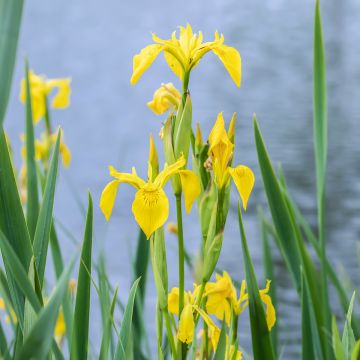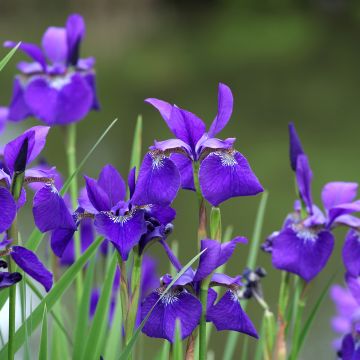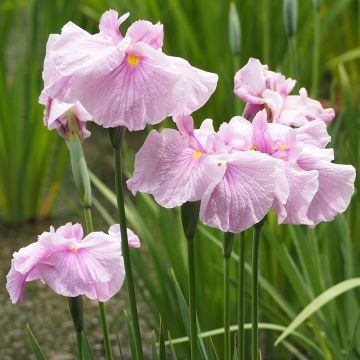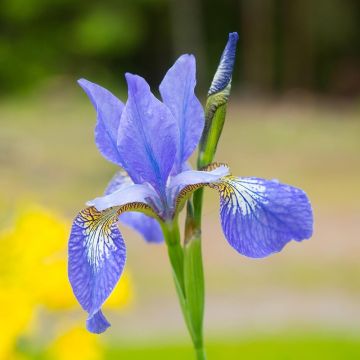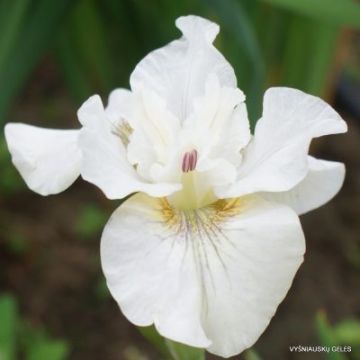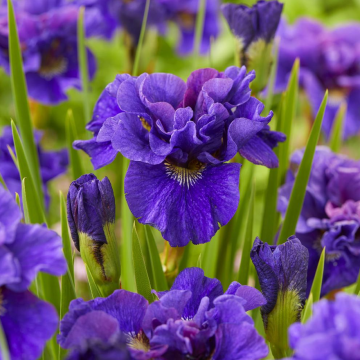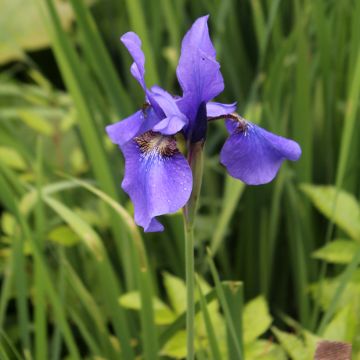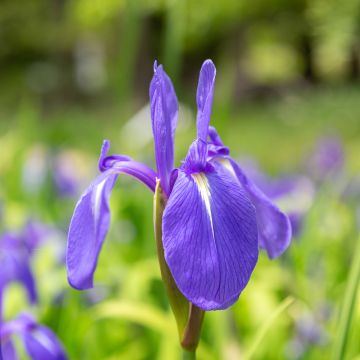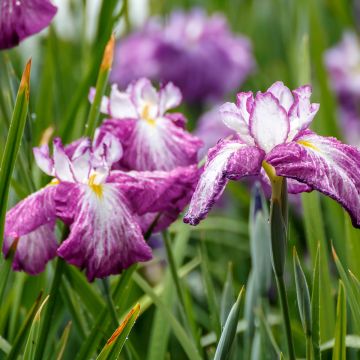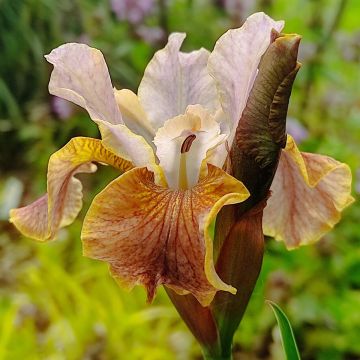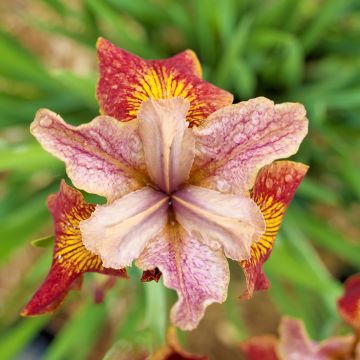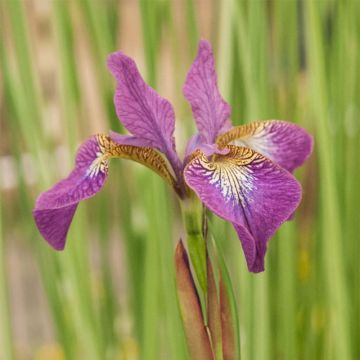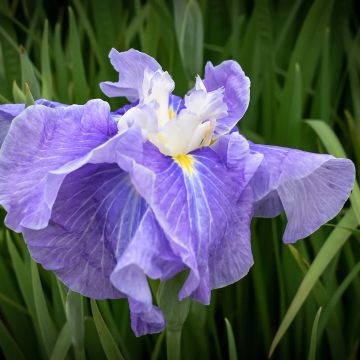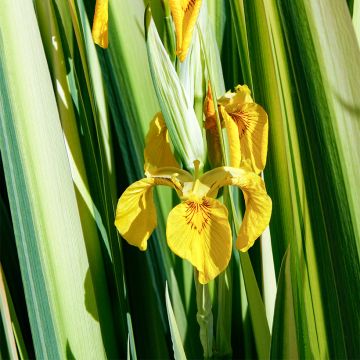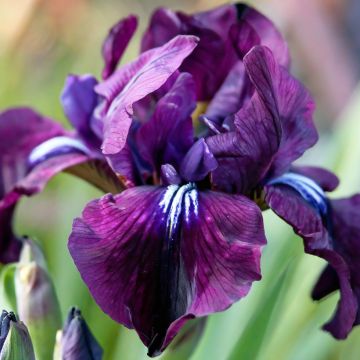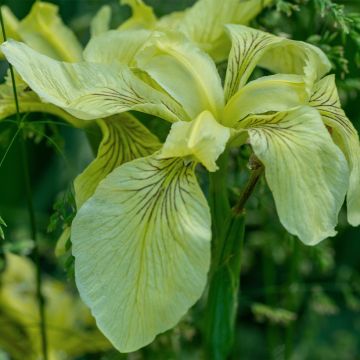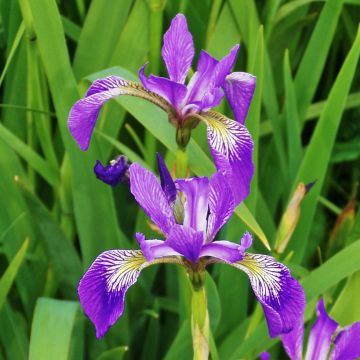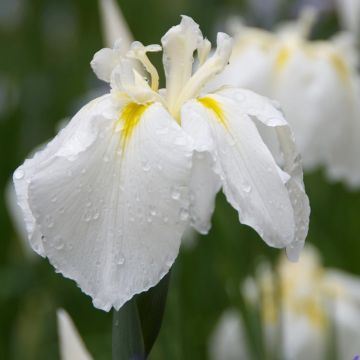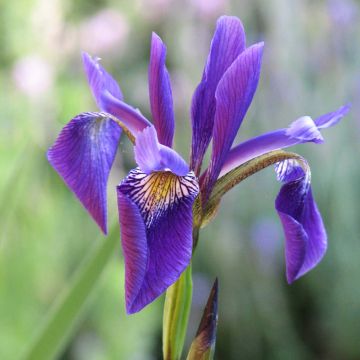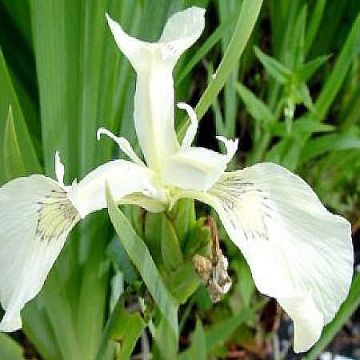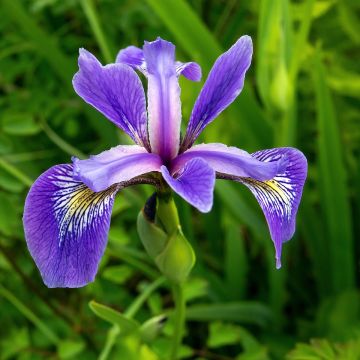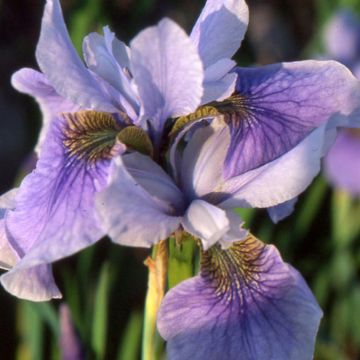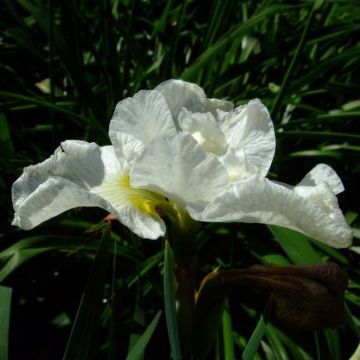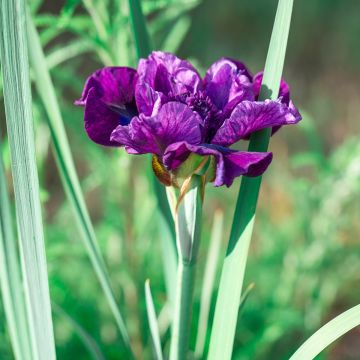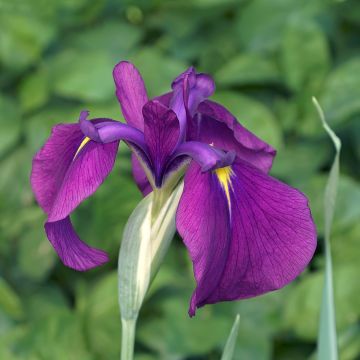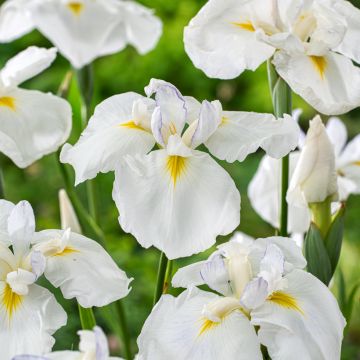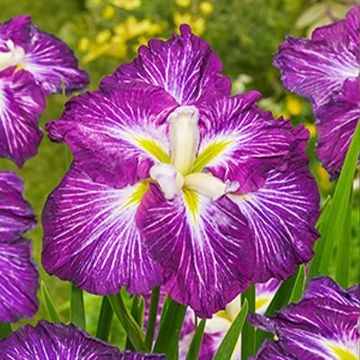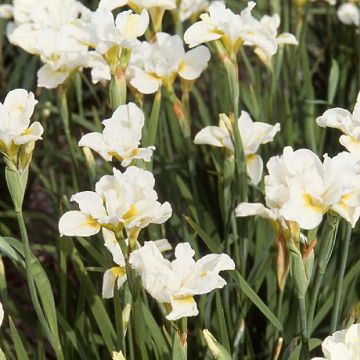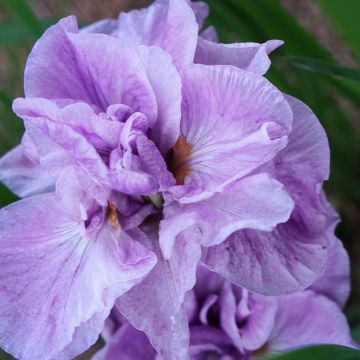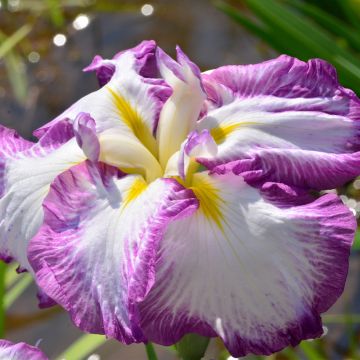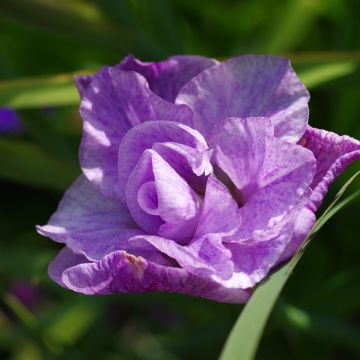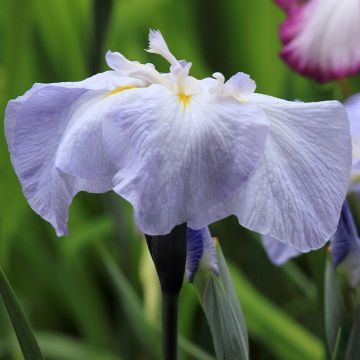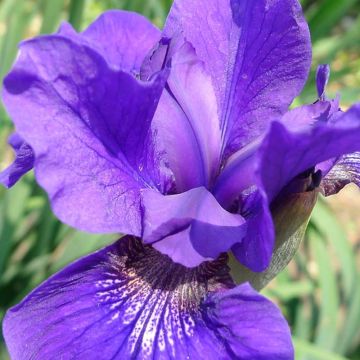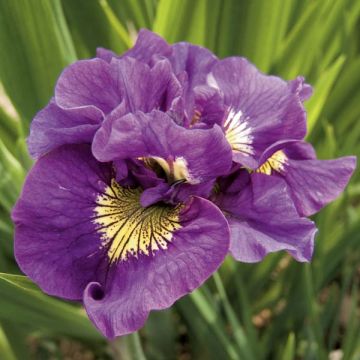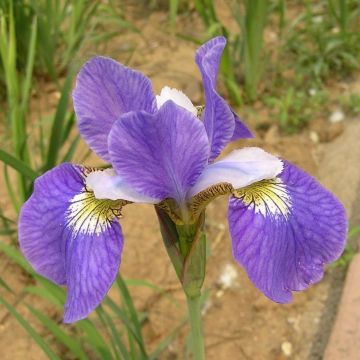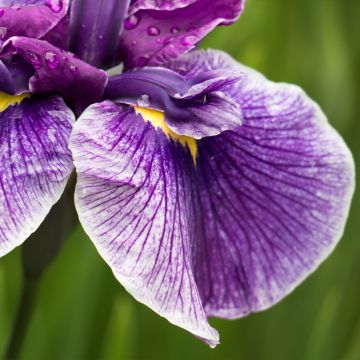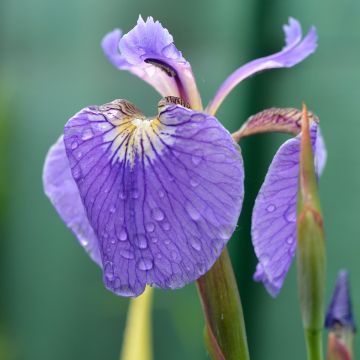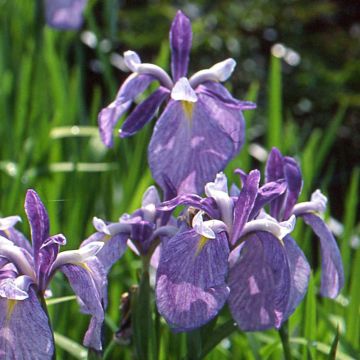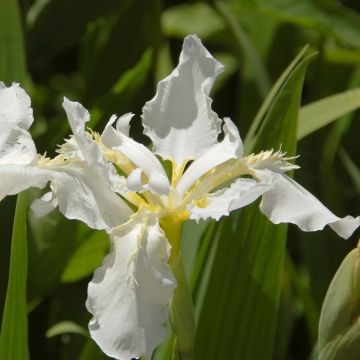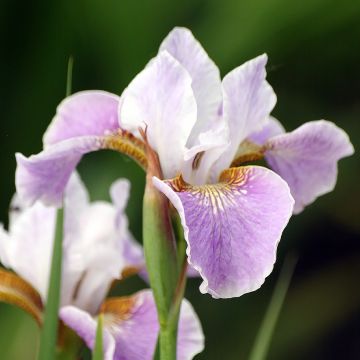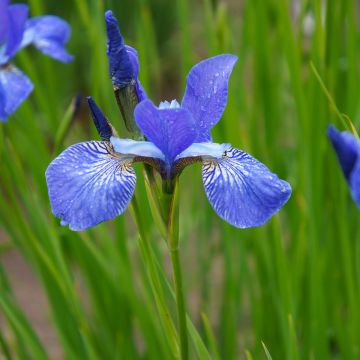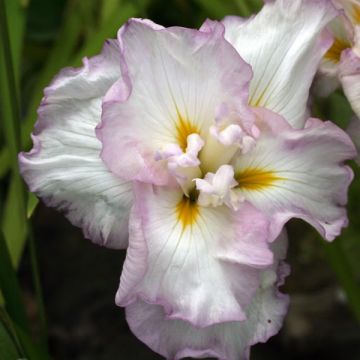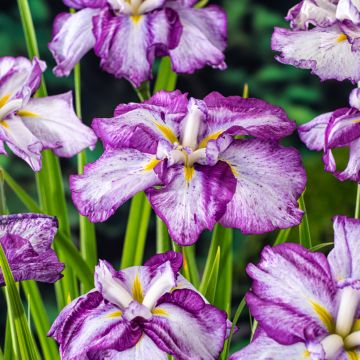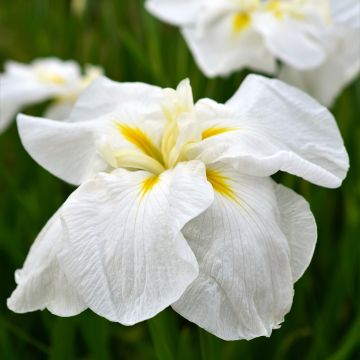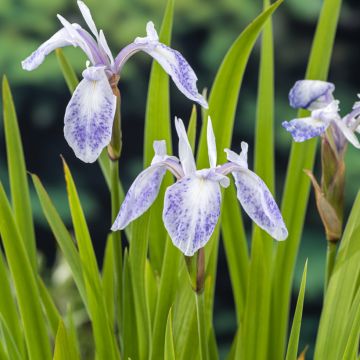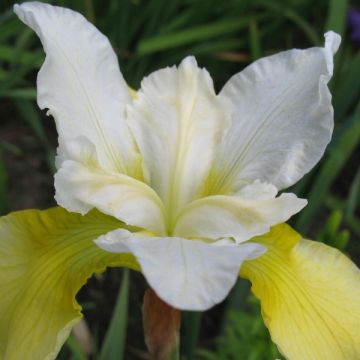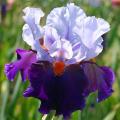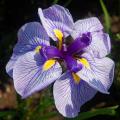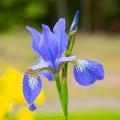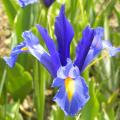Water Iris
Does this plant fit my garden? Set up your Plantfit profile →
Available in 1 sizes
Available in 2 sizes
Available in 1 sizes
Available in 1 sizes
Available in 1 sizes
Available in 2 sizes
Available in 1 sizes
Available in 1 sizes
Available in 2 sizes
Available in 2 sizes
Available in 1 sizes
Available in 1 sizes
Available in 2 sizes
Available in 1 sizes
Available in 2 sizes
Available in 1 sizes
Available in 1 sizes
Available in 1 sizes
Available in 1 sizes
Available in 1 sizes
Available in 1 sizes
Available in 1 sizes
Available in 1 sizes
Available in 1 sizes
Available in 3 sizes
Available in 2 sizes
Available in 1 sizes
Available in 1 sizes
Available in 1 sizes
Available in 2 sizes
Available in 1 sizes
Available in 2 sizes
Available in 1 sizes
Available in 2 sizes
Available in 1 sizes
Available in 1 sizes
Available in 1 sizes
Available in 1 sizes
Available in 1 sizes
Available in 1 sizes
Available in 1 sizes
Available in 1 sizes
Available in 1 sizes
Available in 1 sizes
Available in 1 sizes
Available in 1 sizes
Available in 1 sizes
Available in 1 sizes
Available in 1 sizes
The Water Irises are planted on the banks, around ponds or in marshy, wet terrain. Among the best known, two semi-aquatic species called Iris versicolor and Iris pseudacorus, the marsh iris. Iris ensata or Japanese Iris is a magnificent bank plant, but it requires a bit delicate cultivation. These rhizomatous perennials belong to the Iridaceae family, which includes a large number of iris species. Among the irises of wet environments, four species stand out for their beauty and robustness. Iris sibirica, with its blue-violet flowers, creates a peaceful atmosphere by the water's edge. The 'Caesar's Brother' variety is known for its intense blue colour and vigour. Iris laevigata light blue, is a refined Japanese species. Its 'Queen Victoria' variety is prized for its lovely pink flowers. Iris setosa, from Alaska, is a plant particularly resistant to cold. Let's also mention Iris virginica, the Virginia Iris, its flower in shades of pink and violet adds colour to the banks of a water point. All water iris species have a rhizome that allows them to colonize the soil over time. Their tufted foliage is composed of long, narrow leaves, deciduous or evergreen in winter. Discover all our water irises in these pages.
Haven't found what you were looking for?


































